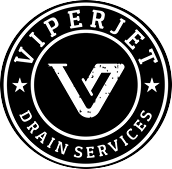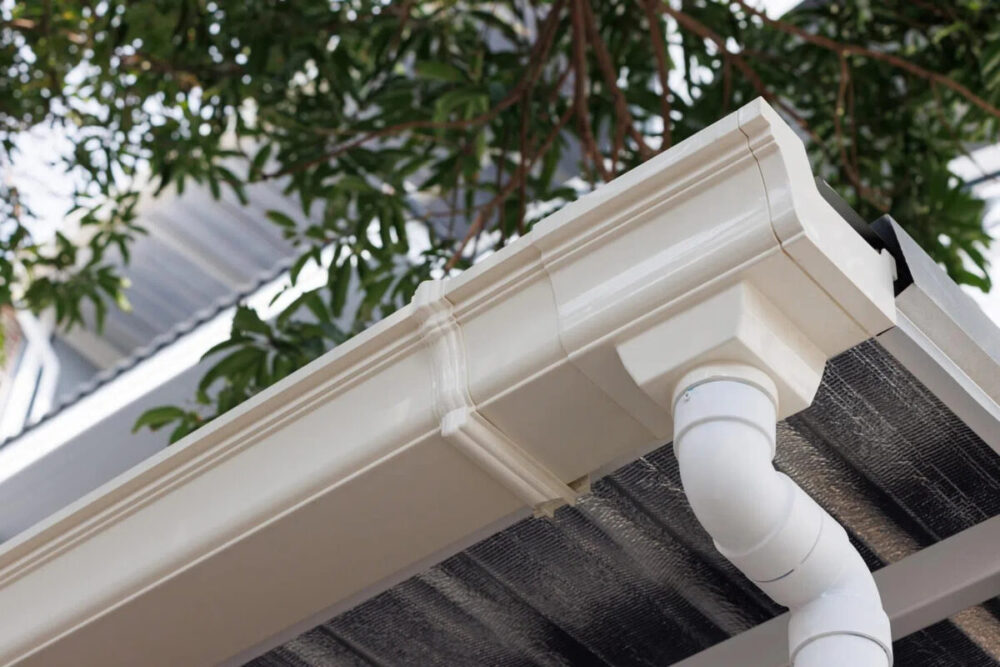Components of a drain system may include:
- Drain pipes: Usually made of materials like PVC, cast iron, or clay, these pipes transport wastewater and rainwater from various sources to the main sewer lines.
- Manholes: Access points in the drain system that allow maintenance workers to inspect and clean the pipes.
- Catch basins: Also known as storm drains or grates, these collect surface water and prevent debris from entering the drainage system.
- Downspouts and gutters: These are part of the stormwater drainage system, directing rainwater from roofs to the ground or into the storm sewer.
- Sewage treatment plants: For sanitary drain systems, wastewater is directed to treatment facilities where it undergoes various processes to remove pollutants before discharge.
1. Water damage: Drain system issues can lead to water backing up and overflowing into your home. This can cause water damage to floors, walls, ceilings, and possessions, leading to expensive repairs and replacements.
2. Mold and mildew growth: Stagnant water resulting from drain problems can create a conducive environment for mold and mildew to thrive. These fungi can spread quickly, compromising indoor air quality and posing health risks to occupants.
3. Foundation damage: If drainage issues cause water to pool around the foundation of your home, it can weaken the structure over time. This may result in cracks, settlement, or even structural failure, requiring costly foundation repairs.
4. Basement flooding: Poor drainage can cause basements to flood during heavy rains or when the water table rises. This can damage items stored in the basement and necessitate expensive waterproofing and restoration work.
5. Pest infestations: Stagnant water caused by drainage problems can attract pests like mosquitoes and rodents, which can become a nuisance and potentially spread diseases.
6. Landscaping damage: Drainage issues can also affect your home’s exterior. Excess water may erode soil, damage plants and trees, and negatively impact the appearance and value of your property.
7. Plumbing issues: Clogged or blocked drains can put additional strain on your home’s plumbing system. This can lead to backups, burst pipes, and other plumbing problems, resulting in the need for repairs and increased water bills.
8. Foul odors: Standing water and debris in the drain system can emit foul smells, making your home an unpleasant place to live.
9. Pest infestations: Stagnant water caused by drainage problems can attract pests like mosquitoes and rodents, which can become a nuisance and potentially spread diseases.
To avoid these issues, regular maintenance of your home’s drainage system is essential. Cleaning gutters, inspecting downspouts and pipes, and addressing any drainage problems promptly can help prevent significant damage to your home and save you money in the long run. If you suspect drainage issues or are experiencing any of the mentioned problems, it’s best to consult a professional plumber or contractor to assess and address the situation properly.

